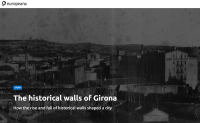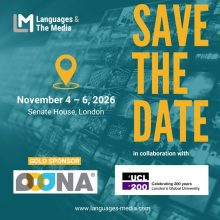Login Status
-
Free text
UPCOMING EVENTS:
 Created in the context of the EUreka3D-XR project and designed to help anyone on their 3D digitisation journey
Created in the context of the EUreka3D-XR project and designed to help anyone on their 3D digitisation journeyThe common European data space for cultural heritage is developing training resources on various themes, to support cultural institutions in building capacity for the new challenges they are facing in innovating and modernizing their workflows in the digital realm. EUreka3D … Continue reading →
 IN SITU Final Conference, Valmiera, Latvia, from 11-13 May 2026
IN SITU Final Conference, Valmiera, Latvia, from 11-13 May 2026The IN SITU project celebrates its Final Conference in Valmiera (Latvia) from 11 to 13 May 2026. Extended deadline: The deadline for the Call for Papers for the Special Issue Proposal in the International Journal of Cultural Policy has been … Continue reading →
Topic: interactivity
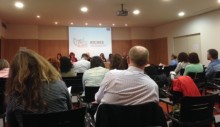
On 13th May i2CAT Foundation, in collaboration with the Universitat Internacional de Catalunya (UIC), organised the first RICHES open to all activity in Barcelona. The activity focused on building the project’s foundation and establishing the project’s taxonomy: a set of basic definitions and conceptual frameworks which will delineate RICHES’ fields of research and further study on the context of change and the role of Cultural Heritage (CH) in the economic and social development in Europe. Continue reading
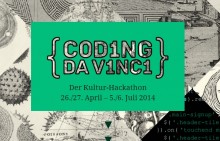
PREFORMA has taken notice of the event, which was attended by cultural institutions from all over Germany, the developer community, the designer community, and the gaming community, with the aim to make the digital heritage available in a creative way. Continue reading
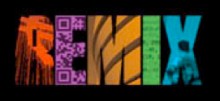
The event brings together world class speakers from across industries to discover, share and explore new ways to build big ideas in the cultural and creative industries. Continue reading

CULTURA Virtual Research Environment, three Cultural Heritage Collections, Personalisation, Entity Relationship Extraction, Entity Oriented Search, Text Normalization, Network Visualisations in the Drupal Module, Desktop Premapper, Web Premapper, FAST Annotation Service, Content Annotation Tool, Equalia, … Continue reading

The i2CAT Foundation organised the Augmented Reality Games Hackaton in Barcelona. It was a one-day activity that brought together a group of developers and creatives to create, in a funny way, augmented reality applications. The hackaton took place on 15 March 2014 Continue reading

IRCDL is a yearly deadline for Italian researchers on Digital Libraries related topics. The University of Padua, who organised the 2014 edition of the event, presented and disseminated the final results of the CULTURA project to the participants. Continue reading
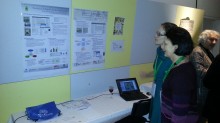
Two CULTURA posters have been presented at the NODEM Conference in Stockholm on 3 December 2013. Numerous discussions with conference participants raised awareness of the CULTURA project and its approach and solutions. Continue reading
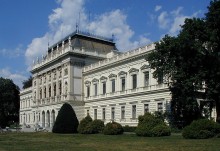
On 21st January 2014, in cooperation with the Austrian Centre for Digital Humanities at the University of Graz the TUG team had the opportunity to give a presentation on the CULTURA project to humanities students in the lecture ‘Basic Module: Digital Humanities’. Continue reading
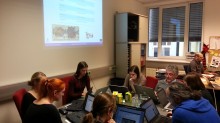
On 10th January 2014 a half-day workshop was conducted at the Austrian Centre for Digital Humanities (ZIM) at the University of Graz. Workshop participants were members of the centre, as well as researchers from the Dialect Cultures project. Continue reading
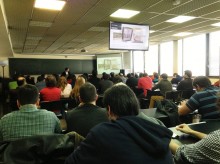
On 3-7 February 2014, at the School of Industrial Engineering of Barcelona, a workshop was held on Mobile Apps and Augmented Reality. The workshop was organised by RICHES’ partner I2CAT in the framework of I AM project. Continue reading



























